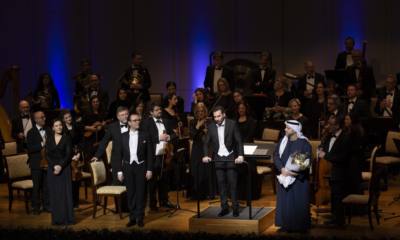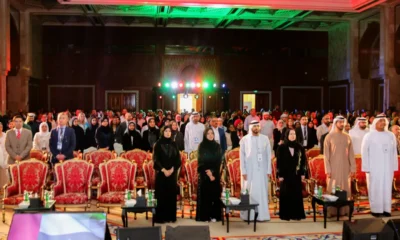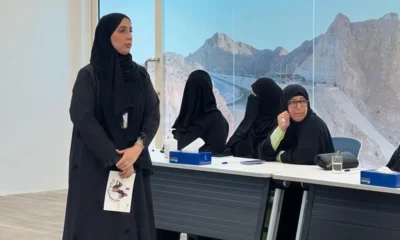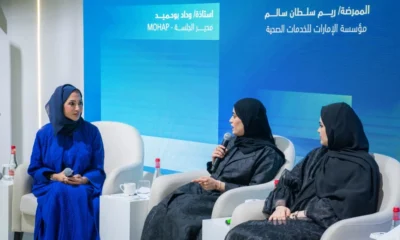Art & Culture
Manarat Al Saadiyat to present ‘Popular Culture & the City’ exhibition
Displaying European, American and Middle Eastern Pop Art, ‘Popular Culture & the City’ will reveal the intriguing layers of the ‘city’ and how they contribute to our narrative of the dominant and circulated culture, through collage, sculpture, painting and installation works.
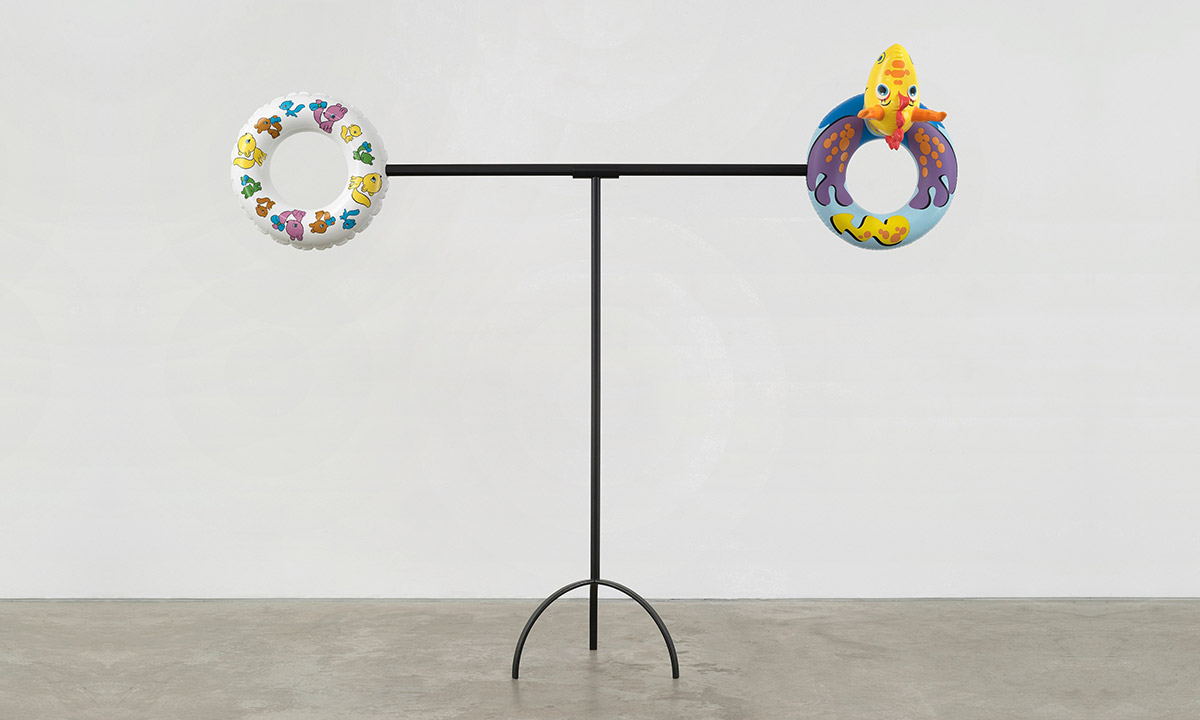
The Department of Culture and Tourism – Abu Dhabi (DCT Abu Dhabi) is to present a selection of artworks from its own collection, which embody the meaning of popular culture and its synchronistic relationship with ‘the city’, at a new exhibition which will run at Manarat Al Saadiyat from 17 July until 6 October 2019.
Displaying European, American and Middle Eastern Pop Art, ‘Popular Culture & the City’ will reveal the intriguing layers of the ‘city’ and how they contribute to our narrative of the dominant and circulated culture, through collage, sculpture, painting and installation works.
The artists in this exhibition have used the ‘city’ as their main inspiration, being complex urban places, fueled by money, cars, oil, technology and, most importantly, societies. They are regarded as the ultimate manifestation of modernity but also the cradle of popular culture which gathers together sound, imagery and movement, whether it’s advertising, mass production of consumer goods, music, art, literature, food or technology.
Commenting on the exhibition, Alia Al Qassimi, Head of Manarat Al Saadiyat, said: “In line with Manarat Al Saadiyat’s vision of bringing contemporary culture to the forefront, we are very excited about the upcoming ‘Popular Culture & the City’ exhibition, which will present exceptional works that reflect the collective language and identity of our time. We look forward to showcasing the inspiring artwork created by this series of innovative artists, whose vision will certainly appeal to the exhibition’s visitors.”
DCT Abu Dhabi will be showcasing its own collection during the exhibition, which will also feature artists including Jeff Koons and Hassan Sharif, whose works focus on the mechanics of mass consumerism and critique, challenge and celebrate popular culture. Palestinian Wafa Hourani will also be participating and will be exhibiting photographs from his “Qalandia 2047” collection, which visualises everyday life in a Palestinian camp adjacent to the most important checkpoint that controls access to Ramallah.
“One image is not enough to understand the social and the political complexity taking place daily in Palestine, but I hope that my contribution in some small way can contribute to the rich tapestry of our city, and share the burden of maintaining a collective national identity that future proofs our beautiful history for generations to come,” said Hourani.
Also participating will be Jacques Villeglé, who collected advertising posters from the streets of Paris to create his signature affiches lacérées (torn posters), works of art created from commonplace materials. By removing these materials from their urban context and using fragments from them, he manages to reference the politics of the day. Also exhibiting will be American artist Keith Haring, who much like Villeglé, took to the streets to create his work. Haring’s signature style grew out of the New York street and graffiti culture of the 1980s and he became a key figure in the American Pop Art movement.
Palestinian artist Taysir Batniji, who lives in Paris, has created a neon artwork in which two words in Arabic, tharwa thawra, are intertwined to read ‘wealth revolution’, side by side. These words provide a multilayered commentary on the realities of cities and their convulsions in the Arab world and beyond.
Explaining the work Imperfect Lovers, 2008 Batniji said: “The two words with very different meanings appear to be non-identical twins in Arabic calligraphy: they only differ in one letter’s positioning, a tiny nuance that the eye struggles to catch. The piece does not evoke romance, but on the contrary, presents an unnatural couple. This pair of words attract each other but remains imperfect as the lovers can never touch, except in our minds.”


